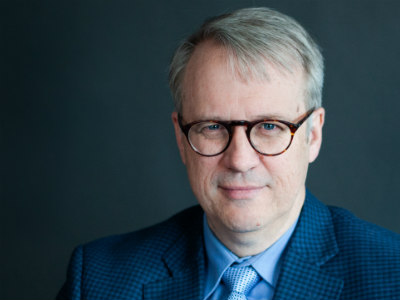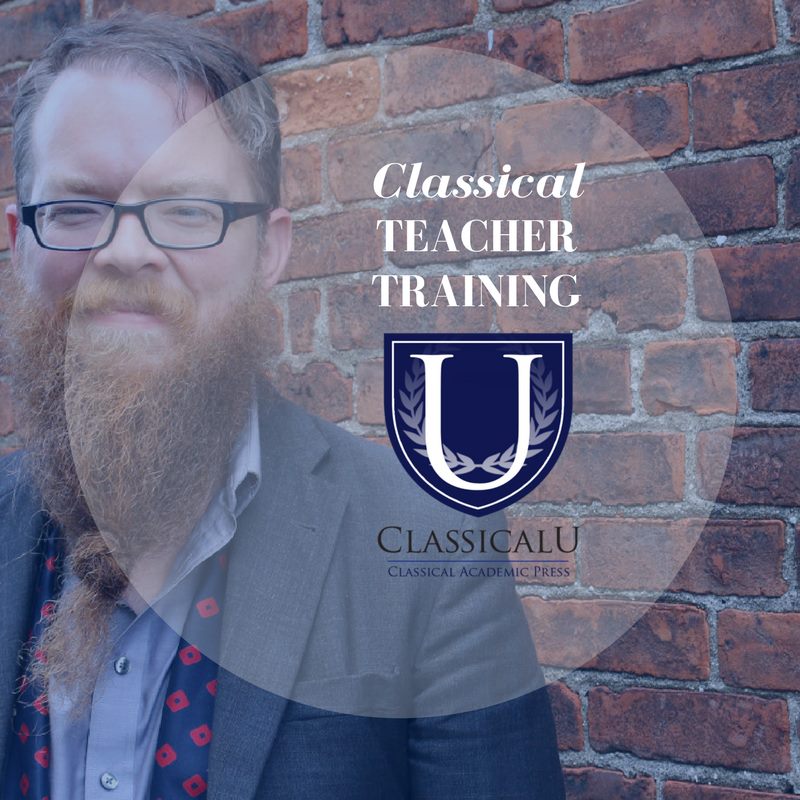Teaching Is … an Art
Gilbert Highet wrote a book in 1950 called The Art of Teaching. Highet was a well-regarded teacher of classics at Columbia University (a colleague with Jacques Barzun) and he knew very well that the teaching profession was rapidly being transformed into a science by his fellows at the nearby Columbia Teacher’s College.
The Columbia Teacher’s College has been the single most influential institution for the advancement of progressive education—I think few would dispute this. In 1950, however, Highet disputed one central claim set forth by progressive educators everywhere—the claim that education should be studied, assessed, advanced and practiced as a science. There were reasons for the ascendency of this view of things.
Much progress had been made in science and technology by 1950. The car had long since revolutionized society (America in particular) and the airplane was coming into its own—with the advent of jets. In just 19 years we would land a man on the moon. The social sciences were also growing rapidly and growing in respect. Since World War I, psychological testing was being used to assess aptitudes and predict what kinds of occupations and jobs would be fitting for hundreds of thousands of human beings.
Perhaps, using the scientific method and the insights of the new social sciences, we could indeed transform education into a predictable, controlled process that would ensure our preferred results. Perhaps we could apply tested techniques that would “socially engineer” the kinds of citizens our growing nation needed. Just maybe we were on the cusp of a revolution in education, much like we had experienced in transportation and industry. It certainly seemed worth a try—
Still, to the contrary, Highet argued that education is an art and not a science:
It seems to me various dangerous to apply the aims and methods of science to human beings as individuals, although a statistical principle can often be used to explain their behavior in large groups and a scientific diagnosis of their physical structure is always valuable. But a “scientific” relationship between human beings is bound to be inadequate and perhaps distorted. Of course it is necessary for any teacher to be orderly in planning his work and precise in his dealing with facts. But that does not make his teaching “scientific.” Teaching involves emotions, which cannot be systematically appraised and employed, and human values, which are outside the grasp of science. A “scientifically” brought up child would be a pitiable monster. A “scientific” marriage would be only a thin and crippled version of a true marriage. A “scientific” friendship would be as cold as a chess problem. “Scientific” teaching, even of scientific subjects, will be inadequate as long as both teachers and pupils are human beings. Teaching is not like inducing a chemical reaction: it is much more like painting a picture or making a piece of music, or on a lower level like planting a garden or writing a friendly letter. You must throw your heart into it, you must realize that it cannot all be done by formulas, or you will spoil your work, and your pupils, and your self.
Note how Highet does give science its due respect and commendation. Science does inform education in many rewarding ways, though teaching itself is not a science. This distinction is important and where the controversy lies. Classical educators should pay attention to much that scientific inquiry discovers that is relevant to education. Neurology, educational psychology and educational sociology can provide us with insights to how, and when, and in what setting we teach. We can learn much from scientific research that informs (even enriches) our teaching. Still, teaching itself is a human art, governed primarily by our anthropology, our view of what human beings are and their purpose. Christians in the classical tradition, will view humans as enfleshed and created souls, that while having some things in common with animals, transcend the animal kingdom.
Thus Highet essentially argues that “scientific teaching” is a kind of a category mistake. Humans are not raw material (like metal and rock) to be fashioned into products. Nor are humans mere animals that should thus be best trained by behavioral conditioning (though we should not deny that such conditioning can in some ways change behavior—we just are hesitant to call modified behavior education). Our inherited vocabulary for education hint at uniquely human aspects of teaching. The traditional approach to education sought to fully “humanize” people by teaching “the humanities.” The traditional goals of education were wisdom, eloquence and virtue—traits that no animal could ever possess.
James K. A. Smith has said (in Desiring the Kingdom) that every pedagogy assumes and anthropology. Some 65 years ago Gilbert Highet said much the same thing. Is education an art or a science? Much depends on preceding questions about the nature of humanity itself.







